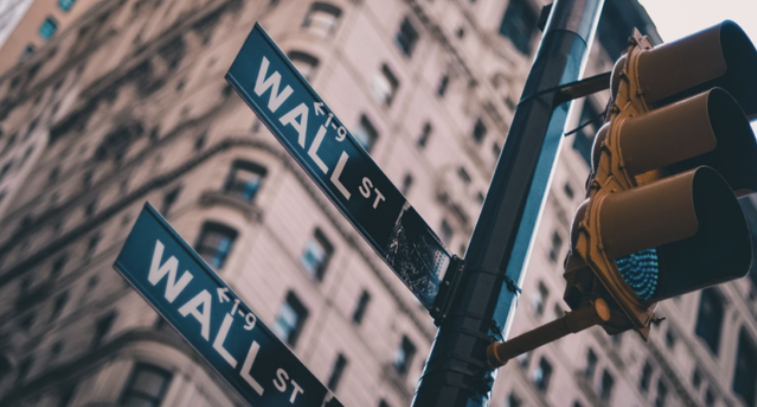A put spread involves the purchase of one put and the sale of another that is further out of the money. By selling a further out of the money put the cost of buying the near put is reduced, moving the trade’s breakeven closer. One reason for this bearish play on Exxon could be its position in Iraq. The company has contracts with two rival political factions in the country and is likely to only be able to work with one going forward. Investors should also be wary of declining output at Exxon. Refining margins are keeping the company’s downstream profits high, which are compensating for lackluster profits in the upstream operations. But this is not a recipe for growth. The company will need to continue to replace older oil fields with new ones, which is easier said than done. Yet David Lawrence, Exxon’s VP of investor relations, told analysts that they are developing production in Romania, Tanzania, Siberia, Argentina, and Columbia, which is “Probably as balanced of a portfolio that we’ve seen in a long time.”
Time will tell if Exxon is able to develop these assets into lucrative production centers. For now it makes sense to hedge some of the downside risk in the stock. This trade is a good example of a low cost, fixed risk hedge. Against a long stock position this will minimize losses should the stock fall between 87.5 and 80.00, but only costs $1.70 which leaves much of the stock’s upside left for investors.
 Brian Stutland
Brian Stutland 
 Joe Tigay
Joe Tigay 


